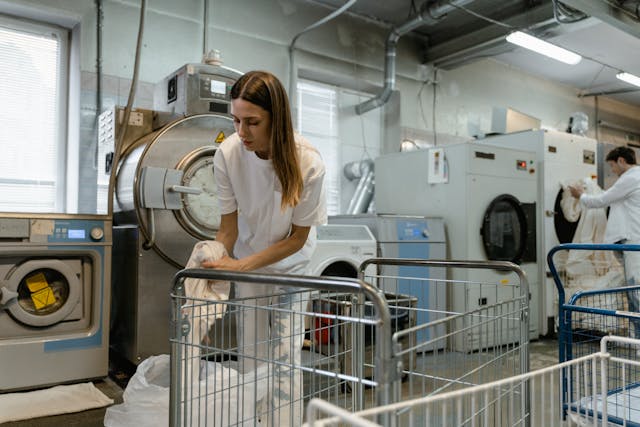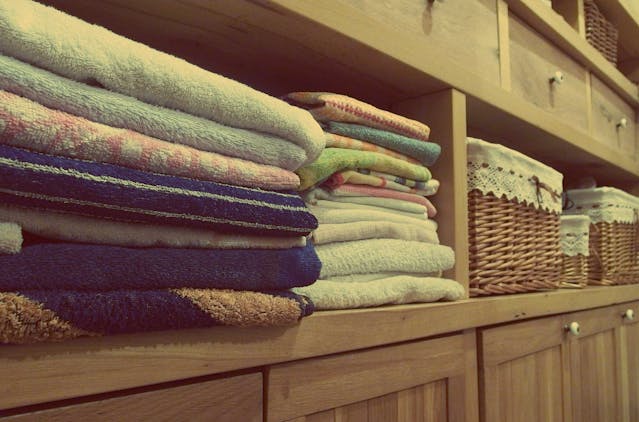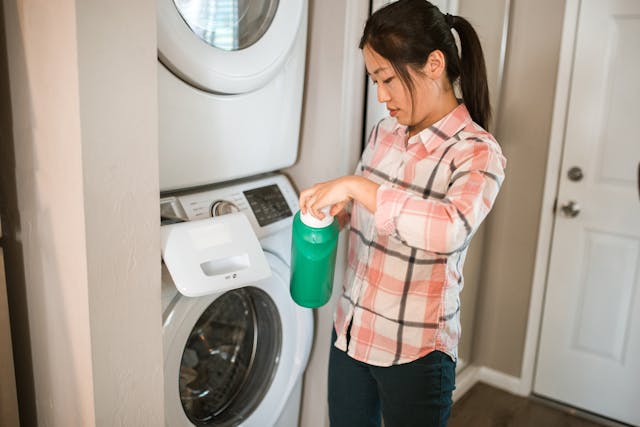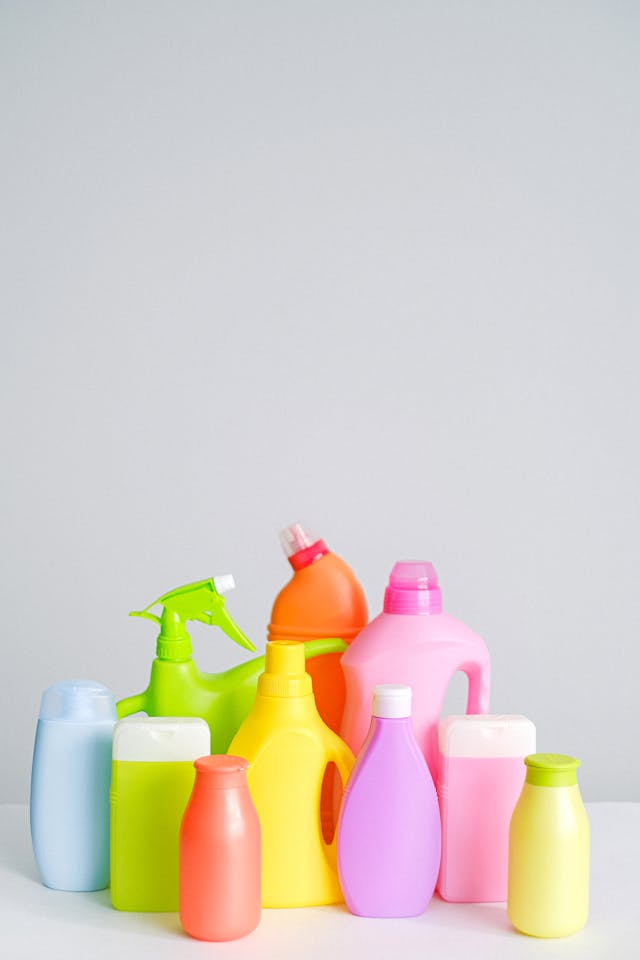Can you do laundry without dryer sheets? Many people rely on these convenient sheets to add softness and reduce static cling in their laundry. However, if you’re looking to eliminate dryer sheets from your laundry routine for any reason, there are alternative methods you can try.
In this blog post, we will explore the role of dryer sheets in laundry, practical alternatives to using them, tips for achieving static-free laundry without dryer sheets, and how to make the transition to a dryer sheet-free routine.
The Role of Dryer Sheets in Laundry
Dryer sheets serve multiple purposes in the laundry process, functioning primarily to impart a pleasant fragrance and to soften fabric. These sheets contain chemicals and fragrances that are heat-activated during the drying cycle, coating the fibers of the clothing to make them feel softer to the touch.
Another function of dryer sheets is their ability to reduce static cling, a common laundry nuisance. Static electricity builds up in the dryer as clothes rub against each other, but the lubricating effect of the dryer sheets’ softeners helps to minimize this effect, keeping clothes from sticking together and to other objects.

Also, some dryer sheets are designed with specific formulations to protect clothing colors and texture, contributing to the overall care and maintenance of a wide variety of fabrics. Their use, while not essential to the laundry process, offers a convenient solution for individuals seeking these specific laundry outcomes.
As they tumble with the clothes, the sheets’ conditioning agents disperse evenly, ensuring a uniform softness and fragrance across all items in the load.
Despite their benefits, some individuals may seek alternatives to dryer sheets, driven by concerns over the chemicals used in them or a desire to adopt more eco-friendly laundry practices.
Practical Alternatives to Using Dryer Sheets
Exploring alternatives to dryer sheets in your laundry routine opens up a world of possibilities for those seeking more natural or cost-effective options. Wool dryer balls emerge as a popular choice, renowned for their durability and ability to soften clothes naturally while bouncing around in the dryer.
These balls create air pockets that help reduce drying time and minimize static cling by enhancing air circulation around the clothes.
For a DIY approach, consider using aluminum foil balls. Simply scrunch up a few sheets of aluminum foil into balls and toss them in the dryer. This method can effectively reduce static cling and can be reused for several loads.
Another environmentally friendly and economical option is to add 1/4 to 1/2 cup of white vinegar to the washing machine during the rinse cycle. Vinegar is a natural fabric softener that helps to break down laundry detergent residue, making clothes feel softer and reducing static without leaving behind a vinegar scent.
Using plant-based, unscented liquid fabric softeners during the wash cycle can also serve as a gentle alternative to traditional dryer sheets, catering especially to those with sensitive skin or allergies.
For those interested in experimenting with fragrance, essential oils can be added to wool dryer balls to infuse clothes with a subtle, natural scent. A few drops of your favorite essential oil on the dryer balls before a cycle can leave your laundry smelling fresh without the artificial fragrances found in many dryer sheets.
Tips for Static-Free Laundry Without Dryer Sheets
Achieving static-free laundry without resorting to dryer sheets requires mindful practices during both washing and drying cycles.
A crucial strategy involves carefully monitoring the drying time of your laundry; removing clothes while they are still slightly damp can significantly decrease the likelihood of static build-up. This is because overly dry air in the dryer exacerbates static electricity, leading to clothes that stubbornly cling together.
In addition to paying attention to drying times, sorting laundry by fabric type before drying can also play a significant role in reducing static. Synthetic materials, such as polyester and nylon, are more susceptible to static, so drying them separately from natural fibers like cotton can help minimize this issue.
Another practical tip is to utilize lower heat settings on your dryer. High temperatures can escalate the formation of static, so opting for a gentler, lower heat cycle can help keep static at bay.
Moreover, incorporating a damp washcloth or a towel in the final 10 to 20 minutes of the dryer cycle can introduce moisture back into the air, effectively counteracting static electricity.
Embracing these strategies not only promotes a static-free laundry experience but also encourages a more sustainable and chemical-free approach to your laundry routine. By implementing these simple yet effective tips, you can enjoy soft, static-free clothes without the need for traditional dryer sheets.
Making the Transition to a Dryer Sheet-Free Routine
Embracing a dryer sheet-free laundry process can be both an environmentally friendly and health-conscious choice. Begin your journey by gradually integrating the alternatives mentioned earlier, such as wool dryer balls or the vinegar rinse method, into your laundry regimen.
This gradual shift allows you to gauge the effectiveness of each alternative and adjust accordingly based on your preferences and the specific needs of your laundry. It’s essential to observe the changes in your laundry’s texture and static levels with each method to determine the most suitable option for your household.
Consider also the type of fabrics you frequently use. Transitioning towards garments made from natural fibers can further enhance your experience, as these materials inherently exhibit less static cling compared to synthetic fabrics. This shift not only aligns with a dryer sheet-free routine but also supports a more sustainable lifestyle.
Remain open to adjusting your laundry habits, such as reducing dryer times and selecting appropriate heat settings, to complement your chosen alternatives. This openness to modification will be crucial in finding the perfect balance for soft, static-free clothes without relying on conventional dryer sheets.
Through patience and experimentation, you can develop a tailored, effective laundry routine that meets your needs while minimizing environmental impact and exposure to potentially harsh chemicals.



0 Comments